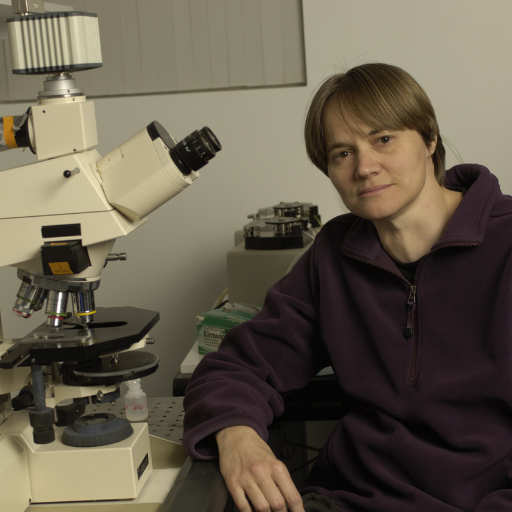Mapping the Protein and Lipid Signature of Glaucoma

About the Research Project
Program
Award Type
Standard
Award Amount
$100,000
Active Dates
July 01, 2011 - June 30, 2013
Grant ID
G2011052
Co-Principal Investigator(s)
Kevin Schey, PhD, Vanderbilt University Medical Center
Goals
Vision loss in glaucoma involves death of the optic nerve through unknown changes in the composition of the retina and nerve. Our studies will measure how elevated pressure in the eye causes compositional changes in the retina and optic nerve by imaging specific groups of molecules in intact tissue. This will help us identify new targets for potential treatments.
Summary
Aging and elevated eye pressure both contribute to vision loss in glaucoma by changing the activity of proteins and fats in the eye. Drs. David John Calkins, Kevin Schey, and collaborators have previously developed an inducible glaucoma mouse model that was funded in part through a previous BrightFocus grant. In this model, tiny Styrofoam beads are injected into mouse eyes to block the flow of a liquid called the aqueous humor, causing an increase in eye pressure that then damages the optic nerve and leads to glaucoma. The researchers will use a special kind of detection laser and camera (called MALDI mass spectrometry imaging) to create a “road map” of the protein and fat changes in the retina and brain. By giving these mice glaucoma at various ages, this approach will separate age‐dependent from eye‐pressure‐dependent changes. The results will give clues for future treatments for glaucoma and perhaps for other eye or brain diseases associated with aging, like Alzheimer’s disease or macular degeneration.
Progress Updates
Aging and elevated eye pressure both contribute to vision loss in glaucoma by changing the activity of protein and fat (lipid) molecules in the retina and optic nerve at the back of the eye. Dr. Calkins’ team has previously developed an inducible glaucoma mouse model that was funded in part through a previous AHAF grant. In this model, tiny beads are injected into mouse eyes to block the flow of a liquid called the aqueous humor, causing an increase in eye pressure that then damages the optic nerve and retina and leads to glaucoma. For comparison, they are also using a type of mouse called DBA/2J that has naturally-occurring glaucoma so that they can compare their findings across different experimental systems.
This past year, Dr. Calkins’ group used a special kind of detection laser and camera (called MALDI mass spectrometry imaging) to begin to create a “road map” of the protein and lipid changes in the retina and optic nerve. Because many changes in proteins and lipids reflect the energy demands of the retina and optic nerve as the disease progresses, they also developed a MALDI imaging procedure to map changes in the major source of energy for all tissues: a molecule called ATP. The team has found in this first year several lipids associated with early degeneration in glaucoma. The changes in these lipids in both the retina and optic nerve of both models were not uniform. Rather, each distributed in pockets of activity that resemble the pockets of vision loss in glaucoma. Similarly, early changes in ATP also followed a patchy distribution. Thus, Dr. Calkins’ team believes that these findings may provide a clue to the underlying molecular changes that happen before the loss of vision in glaucoma.
Related Grants
National Glaucoma Research
Assessment of Vascular Resistance in Glaucoma
Active Dates
July 01, 2025 - June 30, 2027

Principal Investigator
Brad Fortune, OD, PhD
Current Organization
Legacy Devers Eye Institute
National Glaucoma Research
Interleukin-10 As a Neuroprotective Factor in Glaucoma
Active Dates
July 01, 2025 - June 30, 2027

Principal Investigator
Tatjana Jakobs, MD
Current Organization
The Schepens Eye Research Institute, Mass. Eye and Ear
National Glaucoma Research
From Resilience to Vulnerability: How Stress Accelerates Aging
Active Dates
July 01, 2025 - June 30, 2027

Principal Investigator
Dorota Skowronska-Krawczyk, PhD
Current Organization
University Of California, Irvine



